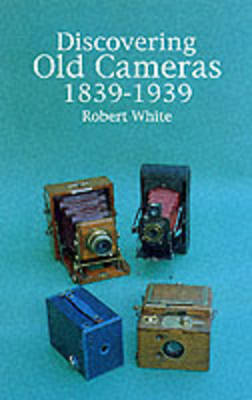Discovering S.
2 primary works • 3 total works
Book 2
In 1839 the world heard that it was possible to capture the image by chemical means without the aid of the artist's hand. This book traces the development of the camera from its origins, through the wet colodion period and the boom years for amateur photography which followed the introduction of fast dry plates in the 1880s, and into the 1890s when roll films and commercial processing made snapshots possible. The twentieth century brought smaller, even pocketable cameras which led in the 1920s and 1930s to the miniature camera using 35mm film.
Book 2
This book traces the changes in the years from 1945 to 1965 when there were considerable advances in photography and in cameras. At the start of the period most snapshot photographs were black and white contact prints made from box and folding bellows camera negatives, by the end snapshooters enjoyed the simplicity of instant loading cameras, automatic exposure control, built-in flash and colour prints.


